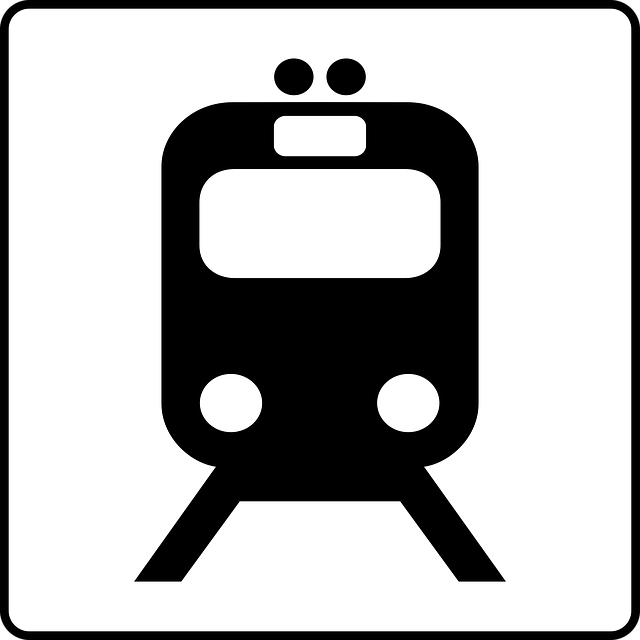Leveraging transit nodes for real estate development (TOD) is a strategic urban planning approach that stimulates local economies and renews cities. By integrating mixed-use projects – residential, commercial, and retail spaces – around high-traffic areas, TOD creates vibrant walkable neighborhoods. Real estate developers play a key role in transforming these nodes into economic hubs, collaborating with planners and transportation authorities to design sustainable projects. The result is increased foot traffic, reduced car dependency, higher property values, and revenue for local governments, fostering entrepreneurship, job creation, and improved quality of life. Successful examples include Seattle and San Francisco, where TOD within a 1-mile radius of public transport hubs has proven effective in boosting economic growth.
“Unleashing the economic potential of transit nodes through strategic real estate development is a powerful way to revitalize local communities. This article explores how leveraging these key locations can drive sustainable growth. We delve into the concept of Transit-Oriented Development (TOD), showcasing successful case studies that highlight its positive economic impact. Additionally, we examine mixed-use space creation and community engagement strategies, emphasizing the role of public infrastructure upgrades in fostering a thriving local economy, all while considering real estate as a key enabler.”
Leveraging Transit Nodes for Real Estate Development

Leveraging transit nodes for real estate development offers a powerful strategy to boost local economies. These high-traffic areas, often serving as gateways between different communities, have immense potential for urban renewal and economic growth. By integrating mixed-use developments around transit hubs—including residential, commercial, and retail spaces—cities can create vibrant, walkable neighborhoods that attract residents, businesses, and visitors alike. This multifaceted approach not only increases foot traffic and reduces car dependency but also drives up property values and generates revenue for local governments.
Real estate developers play a pivotal role in transforming these nodes into thriving centers of activity. They can collaborate with urban planners and transportation authorities to design sustainable projects that seamlessly blend with the existing infrastructure. Such developments can include modern amenities, green spaces, and efficient public transport connections, making them highly desirable locations for living, working, and leisure. As a result, transit nodes become economic catalysts, fostering local entrepreneurship, stimulating job creation, and enhancing the overall quality of life in surrounding areas.
– Exploring the potential of transit-oriented development (TOD)

Transit-Oriented Development (TOD) represents a powerful strategy to boost local economies around transit nodes. By focusing on real estate projects that seamlessly integrate residential, commercial, and retail spaces within easy walking distance of public transportation hubs, TOD creates vibrant, walkable communities. This urban planning approach not only increases accessibility and reduces car dependency but also drives economic growth by attracting businesses, generating foot traffic, and fostering local job creation.
Real estate developers play a pivotal role in unlocking the potential of TOD. They can partner with local governments to redevelop underutilized areas around transit stations, offering mixed-use developments that cater to residents’ everyday needs. These projects can include high-density apartments, retail shops, offices, and recreational spaces, all within a short distance from public transport. Such diverse offerings attract a wide range of tenants and visitors, boosting local economies through increased spending and business opportunities.
– Case studies of successful TOD projects and their economic impact

Successful Transit-Oriented Development (TOD) projects around transit nodes have proven to significantly boost local economies. Case studies from cities like Seattle and San Francisco highlight how strategic real estate development within a 1-mile radius of public transport hubs can create vibrant, walkable neighborhoods. These areas see increased foot traffic, stimulating local businesses and fostering economic growth. Developers often partner with local authorities to integrate commercial, residential, and retail spaces, ensuring a balanced ecosystem that caters to daily needs and attracts visitors.
The economic impact is multifaceted. Higher property values and rental rates reflect the improved desirability of these locations. Businesses benefit from enhanced customer reach and higher sales volumes. Furthermore, reduced commuting times and better access to public transport encourage more people to live near transit nodes, creating a positive feedback loop that drives further economic activity and community development.






